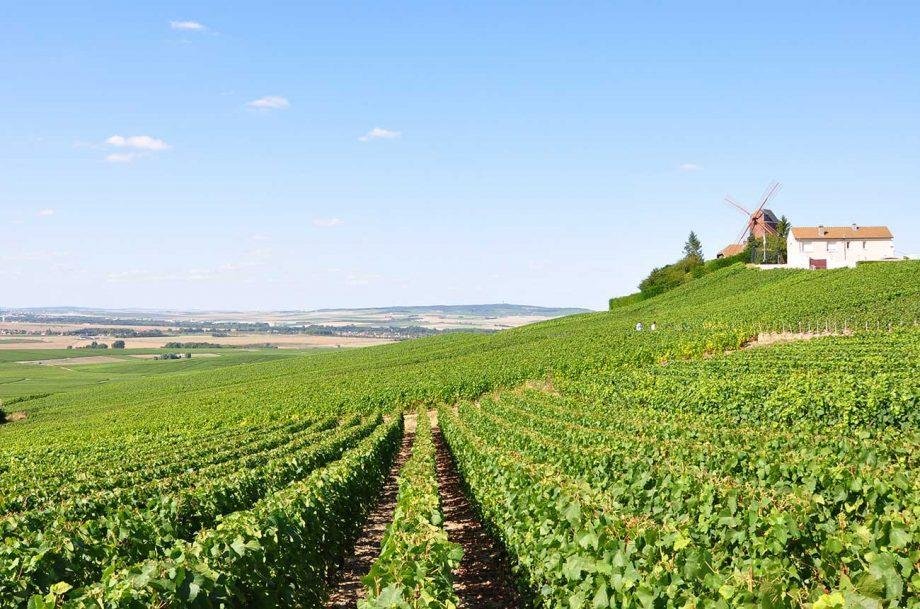
На сайте используются cookie файлы
The site uses cookie files
Данный сайт имеет возрастное ограничение!
This site has age restrictions!
Я подтверждаю, что мне, увы, уже давно исполнилось 18 лет
In Champagne, the centuries-old rule for the distance between planted vines was changed.
France is one of the few countries where the wine industry is strictly regulated by rules based on the experience and traditions of generations. However, the challenges of our time, in particular, climate change, have led to the fact that even here they are forced to make changes to the seemingly unshakable centuries-old rules of national viticulture. So, in 2018, the French National Institute of Origin and Quality (INAO) added a third category of acceptable grape varieties capable of “adapting to the climate and the environment”. And this year, Bordeaux officially approved six new grape varieties that best adapt to global warming conditions.
Now the changes have touched another world-famous French wine region – Champagne, where they approved a change to the long-standing rule on the maximum distance between vines. This rule states that rows of vineyards cannot be located more than 1.5 meters from each other: adherents of the rule are sure that vines at a greater distance would not have to compete strongly for water and nutrients, which would lead to a bountiful harvest with low quality berries.
The regional winegrowers’ association Syndicat General des Vignerons del la Champagne (SGV) conducted research on this issue and concluded that reducing the planting density of vineyards would bring many benefits without compromising the quality of the champagne, for example, it would make it easier to care for vines using modern technologies.
Based on this, the SGV board approved changes to increase the distance between vines up to 2.2 m. In addition, according to the SGV study, vineyards with lower planting densities can reduce greenhouse gas emissions by 20% with the use of better equipment.
Critics of the innovation are concerned that the use of modern equipment in the vineyards could damage the reputation of the region, known in the world for the hand-picking of grapes, carried out for several centuries. In addition, the use of technology will deprive many of the people currently employed in the vineyards of their jobs.
SGV President Maxime Toubart said the rules still need additional INAO approval and will not be binding: “It will just make our work in the vineyards easier and bring significant economic benefits. This is not a dogma, but another additional tool to be more successful in our aspiration to produce quality products – wines that deserve to be called champagne.”
Photo: decanter.com